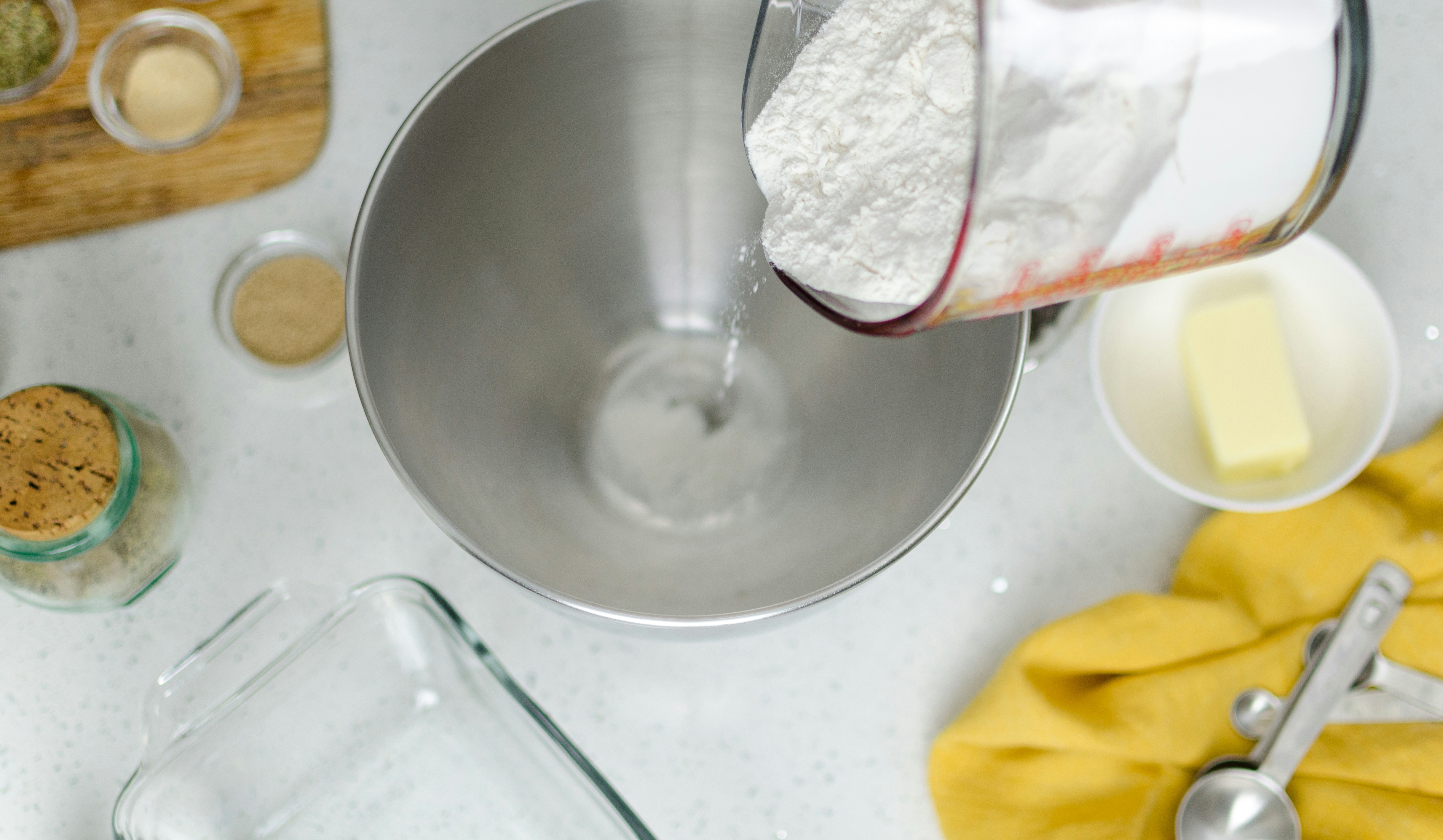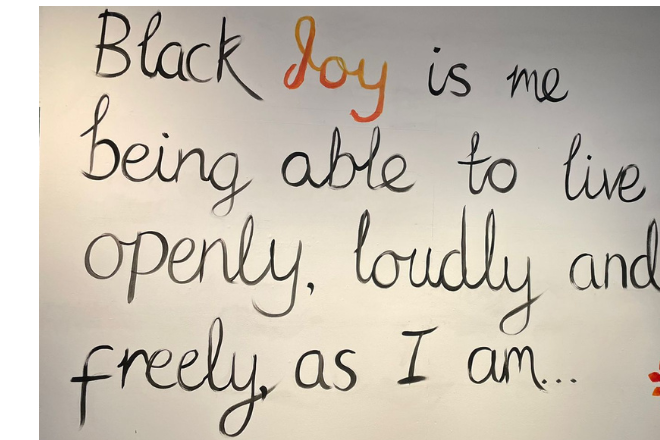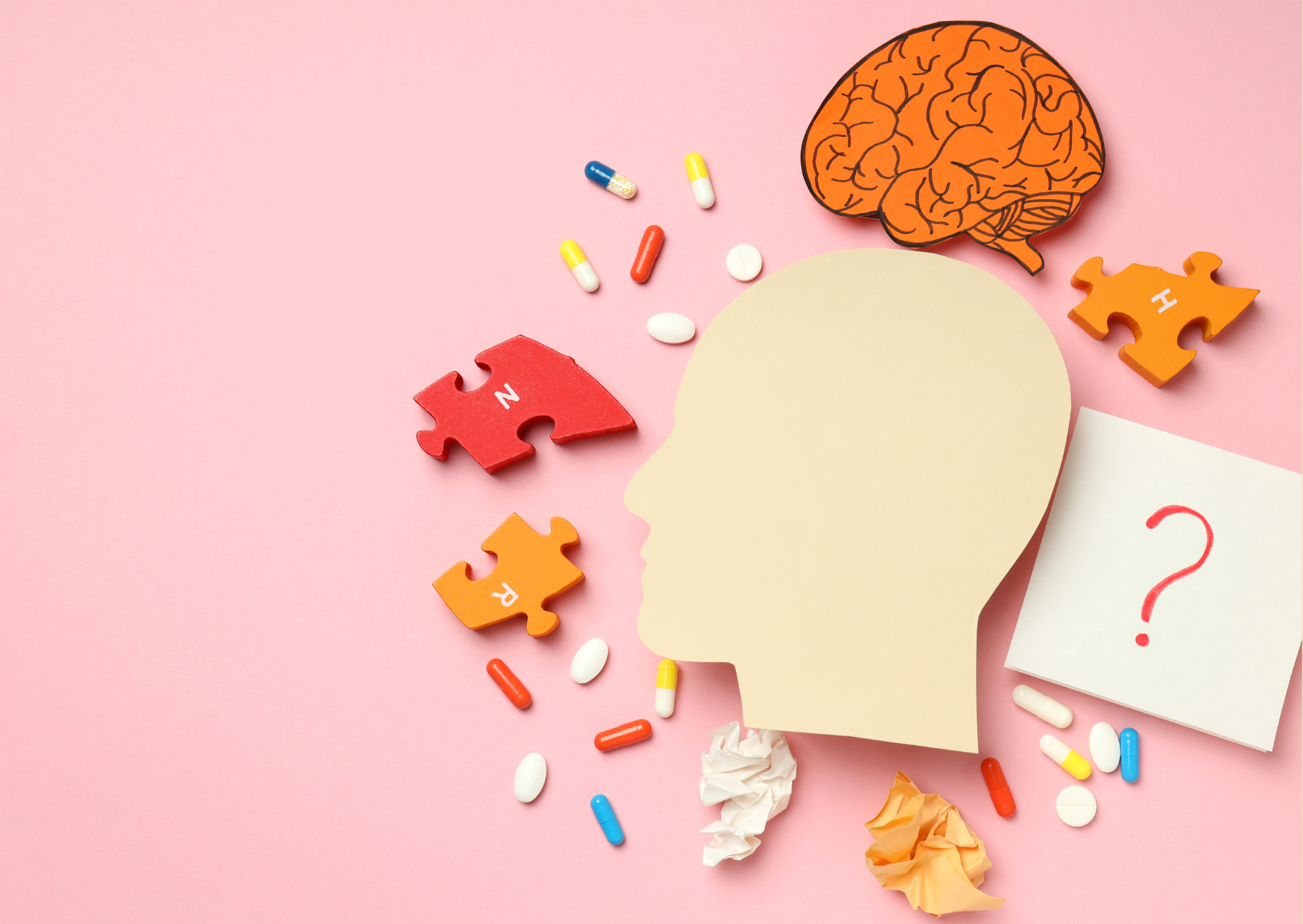Based on her experience working on the Get Yourself Active programme (funded by Sport England and led by Disability Rights UK), Lydia explains why co-production is the key to helping people get active in their local area in a way that is right for them.
I talked to a friend about co-production recently and explaining it to them, both as a working model and in terms of what it achieved, left me thinking. I thought co-production was a no-brainer. It's one of those things that once you've heard of it, you have got to ask why haven't you been doing this in the first place? The team I work with at Get Yourself Active think this way too. We want to embed the philosophy of co-production in the sport sector. We believe that this approach will take down barriers that stop Disabled people from accessing physical activity and empower them to get active in ways that work for them.
Ultimately, co-production is obvious. Working with your community, no matter what you do, can only be positive!
In practice
So, what does co-production look like as a working model in the sport sector? At Get Yourself Active, we believe that it is a specific working model, where everybody works together on an equal basis to create or decide something that works for them all.
At its core, that means the model requires an organisational shift in power dynamics to create an equal relationship between the people who use services and those who provide them.
For example, let us imagine something simple, such as setting up a new physical activity at your organisation. Rather than having a load of professionals meeting to decide what this activity would be, you would meet around a table (or maybe host a Zoom) with the people who actually use your services to find out what they want and need. Then, instead of going off and designing it yourself in isolation, you make sure that everyone comes together as one team to design and deliver that service. In that way, co-production isn't a 'singular' approach. For it to work, it must be something that happens throughout the entire length of a project. So for this example, as well as making sure that people who use services are involved in designing the physical activity, they will also be integral to running this activity and then reviewing it to evaluate its success.
To achieve 'good' co-production in any sector, you have to be creative in the processes you use to find people. If you work in the sports sector, you can, of course, engage with people who already attend activities, but you shouldn't neglect those who might not be active or able to attend. Focusing on 'community' is vital as these new people could provide a different and interesting insight that can help you develop your activities.
Recently, we've made sure to take this approach as part of our Moving Social Work project. Our co-production group ensures that the activity of the project is practical, ethical, and highly relevant for the social work sector and people who use social work services. Members of the group draw on their own personal and professional experience and knowledge to advise, work on and steer the activities.
Why choose the road less travelled?
Sometimes, in our line of work, you must ask – why should I do this? At least, for co-production, this aspect is easy to wrap one's head around.
Co-production supports people of all backgrounds to use their own experiences and capacity to influence. The blurring of the official lines between 'professionals' and 'people who use services' means that not only is power shared more equally, but everyone has a sense of ownership.
You can tell when services are genuinely co-produced because they generally work better. This way of working makes the most of the shared expertise of the professionals who work there and the people who have experience in using them. Of course, this requires a significant culture shift for many organisations, especially those in the sport sector. Changing power dynamics doesn't happen overnight. But when they do switch, you can feel benefits almost immediately.
Yes, it can be messy when we're starting out, and we can get things wrong. However, it's all about working together and learning as a team, which goes for everyone involved. It ensures that people who use your services feel empowered and develop new skills. For your organisation, it means that services truly work for people and produce better outcomes for all.
Never simple – always rewarding
Yes, co-production can take time. Develop a suitable format that works for everyone involved, and you'll always find a way you'd do it differently next time. But you shouldn't be afraid to take a timeout or change if things are no longer working. Just like anything else, co-production processes need to evolve as your project evolves.
There is no straightforward template for co-production; the process will look different every time you do it, but that's part of the point! Using the co-production model means that everyone is always involved. Just as they share in the mistakes, they will share in the final success. Co-production empowers everyone to rethink how and what can be achieved.
Disability Rights UK support
We know that it can feel like there is a lot to get your head around if you're starting on your co-production journey. We have produced a series of co-production webinars that can help when you're starting. They are only 15-20 minutes long and cover various topics led by different presenters. If you'd like to find out more about Disability Rights UK, please email lydia.bone@disabilityrightsuk.org





.png)

.png)
.png)


.png)
.png)
.png)